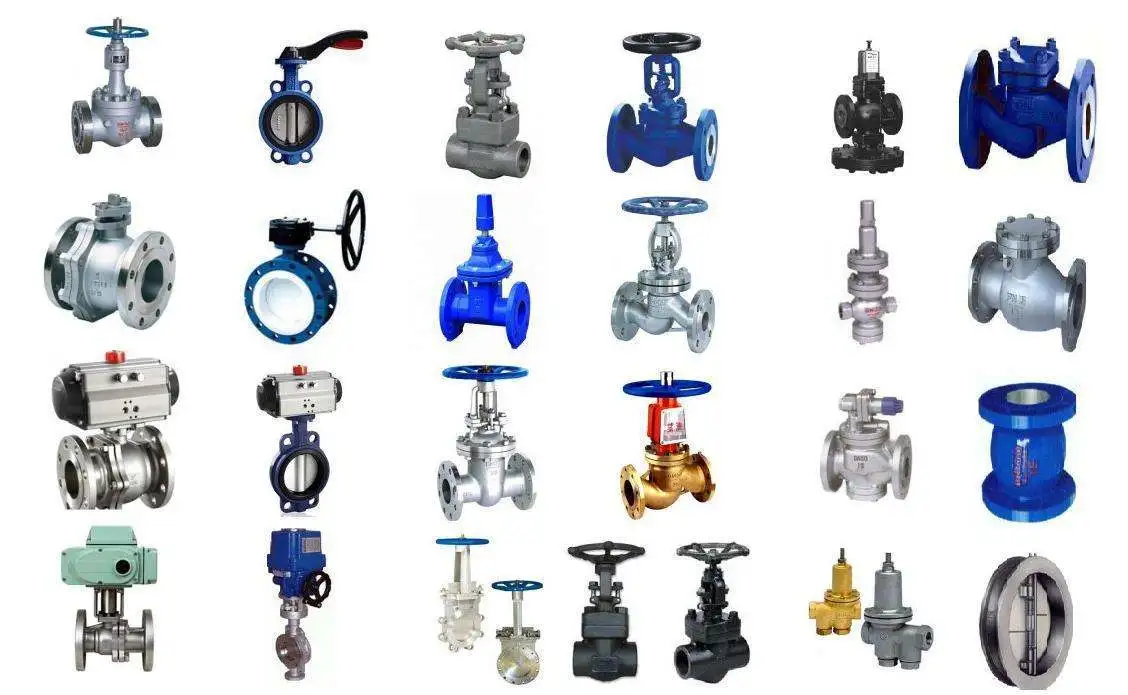(2)
Semi-forced seal:
Valves which have the characteristic of semi-forced seal are mainly trunnion mounted ball valves and non-mechanically balanced plug valves. These
valves have the characteristic that the sealing pressure between the valve clacks and the valve seats is preset and is generated or determined when the valves are assembled. Their sealing pressure can not be increased by the further rotation of the hand wheels. For example, trunnion mounted ball valves use compression springs behind the valve seats to press the valve seats to the valve clacks, forming the required sealing pressure; another example is that the double eccentric butterfly valve and the three eccentric butterfly valve use the preset eccentricities and cam mechanisms to press the valve clacks to the valve seats, forming the required sealing pressure. The eccentricities can not be too big, otherwise they will increase wear between the valve clacks and the valve seats and cause incomplete closing of the valve clacks. The eccentricities also can not be too small, or the sealing pressure won't meet the sealing requirements.
Unlike
trunnion mounted ball valves, the eccentricity design of butterfly valve clacks makes the butterfly valves tend to be opened and the sealing pressure tend to be reduced under the effects of the media's pressure. In addition, since the eccentricities of the valve clacks are fixed, the valve clacks and the valve seats wearing seriously which do not have enough sealing to compensate will result in worse sealing performance. For trunnion mounted ball valves, their media's pressure will increase the sealing pressure of sealed auxiliaries and compensate for the wear between the valve clacks and the valve seats, ensuring their sealing performance. Therefore, the statement of butterfly valves' sealing being the most unreliable sealing among the commonly used shut-off valves roots in this.
(3)
Passive seal:
Valves which have the characteristic of passive seal are mainly
floating ball valves, mechanical balance plug valves and check valves (including all types of check valves). These valves have a common feature: the sealing pressure between the valve clacks and the valve seats is completely generated by the pressure of the media, and their sealing pressure can not be increased by external manual intervention.
This shows that when the media's pressure is relatively low, their sealing pressure of sealed auxiliaries is relatively low and the sealing performance of valves is relatively poor. For floating ball valves and mechanical balance plug valves, their media's pressure must first overcome weights of the valve clacks so as to push them to the valve seats, and then produce sealing pressure. When the media's pressure is low, it's difficult to push the valve clacks or it even can not form effective sealing pressure because the valve clacks are relatively heavy. Under the situation of valves with large sizes but low media's pressure, we should not use floating ball valves and mechanical balance plug valves.
